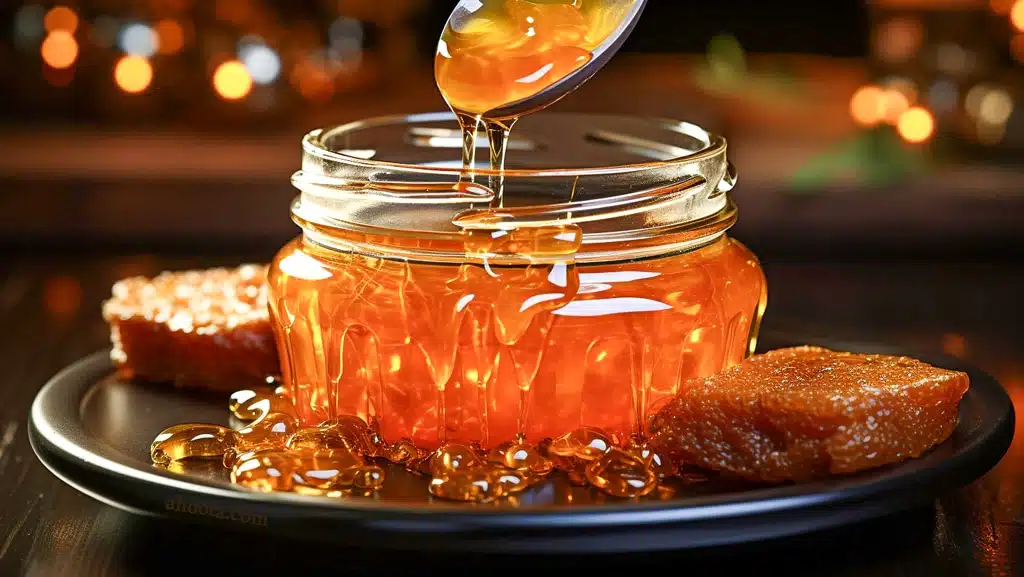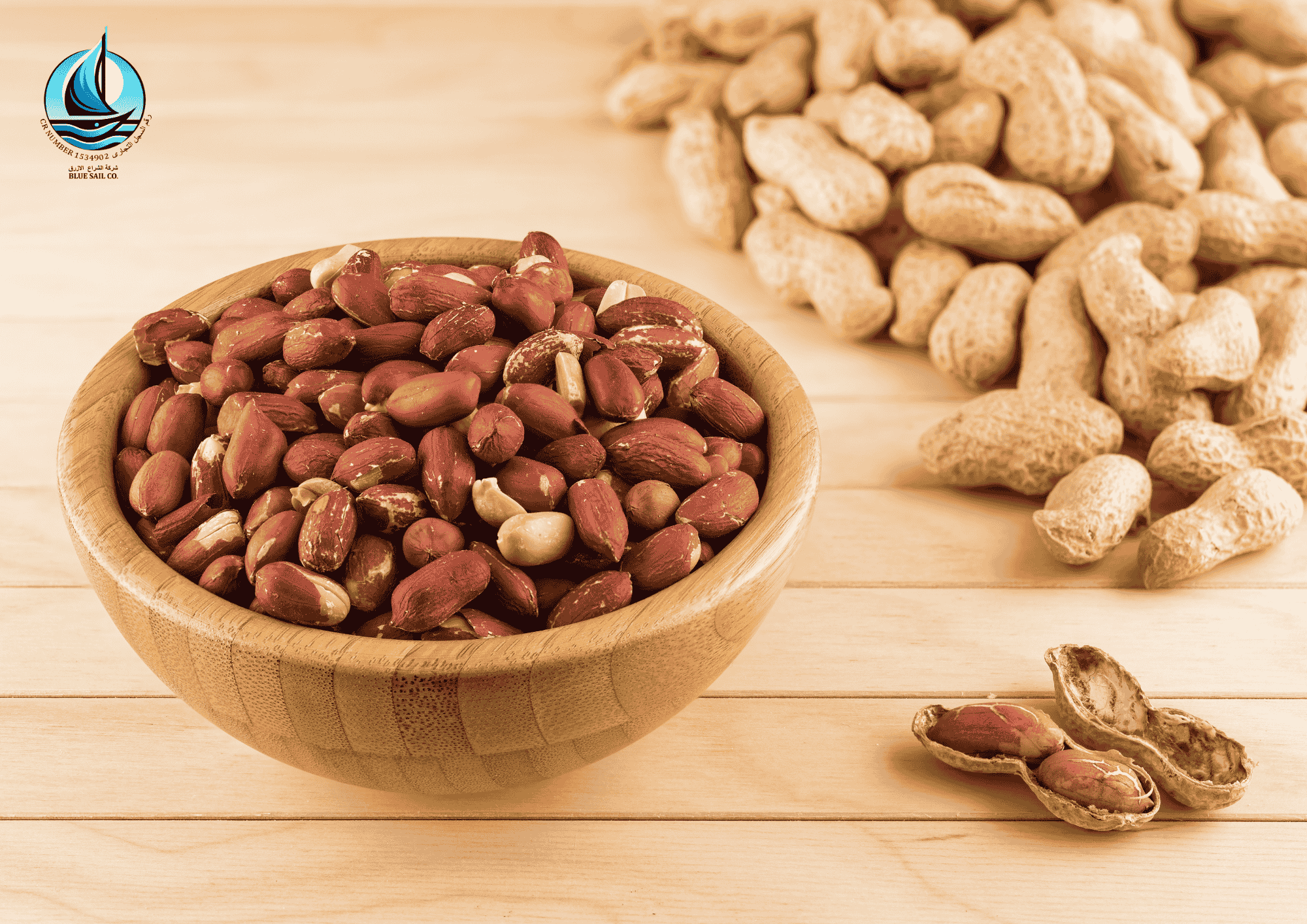The Global Honey Industry: Production, Market Trends, and International Trade
Introduction
Honey, a natural sweetener produced by bees from the nectar of flowers, has been valued for centuries for its medicinal properties, culinary uses, and nutritional benefits. The global honey industry has grown significantly in recent years, fueled by rising consumer demand for natural and organic products. This article explores honey production, the industry’s major players, market trends, and the dynamics of international trade.

Honey Production
Honey is produced worldwide, but the top producers are concentrated in regions with favorable conditions for beekeeping. Key honey-producing countries include:
- China: China is the largest producer of honey globally, accounting for nearly a quarter of the world’s honey supply. Chinese honey is exported to many countries, although concerns about quality and adulteration have led some markets to impose restrictions.
- Turkey: Turkey is the second-largest producer of honey, with its high-quality pine honey being particularly famous. Turkish beekeepers benefit from the country’s diverse flora, which contributes to the production of a wide variety of honey types.
- Argentina: Argentina is a leading exporter of honey, particularly organic honey. The country’s vast agricultural lands and favorable climate make it ideal for large-scale honey production. Argentina exports most of its honey to Europe and North America.
- Ukraine: Ukraine has become a major honey producer in Europe, with its rich natural resources supporting a strong beekeeping industry. Ukrainian honey, especially sunflower honey, is highly sought after in European markets.
- United States: The U.S. is both a major producer and consumer of honey. Honey production is concentrated in states like California, Florida, and North Dakota. However, the U.S. imports a significant amount of honey to meet domestic demand.
- India: India is rapidly becoming a key player in the honey industry, with growing domestic production and exports. Indian honey is diverse, with varieties such as wild forest honey, multifloral honey, and mustard honey. India exports mainly to the Middle East, the U.S., and Europe.

Types of Honey
Honey varies greatly depending on the source of the nectar and the region where it is produced. Some of the most popular varieties include:
- Monofloral Honey: Produced from the nectar of a single plant species, such as acacia, manuka, or lavender. Monofloral honeys often have distinctive flavors and higher market value.
- Multifloral Honey: Made from the nectar of various plants, this is the most common type of honey and is widely used in commercial products.
- Organic Honey: Produced without the use of synthetic chemicals or pesticides, organic honey is in high demand among health-conscious consumers.
- Raw Honey: Honey that has not been heated or processed, retaining its natural enzymes and nutrients.
Market Trends in the Honey Industry
The honey industry is influenced by a variety of factors, including consumer preferences, production methods, and regulatory issues. Some of the most important trends driving the market are:
- Health and Wellness: Honey is increasingly viewed as a healthy and natural alternative to processed sugars and artificial sweeteners. Its antioxidant, anti-inflammatory, and antibacterial properties have contributed to its growing popularity as a functional food.
- Organic and Sustainable Production: The demand for organic and sustainably sourced honey is rising, especially in developed markets such as Europe and North America. Consumers are willing to pay a premium for honey that is certified organic or comes from environmentally friendly sources.
- Raw and Unfiltered Honey: There is a growing preference for raw and unfiltered honey, as it retains more of its natural nutrients and enzymes. This trend aligns with the broader consumer interest in minimally processed foods.
- Manuka Honey: Manuka honey, produced in New Zealand and Australia from the nectar of the Manuka tree, has gained international attention for its potent antibacterial properties. It is used in health products, skincare, and medicinal applications. Manuka honey is one of the most expensive types of honey due to its unique health benefits and limited supply.
- Adulteration and Quality Control: Honey is one of the most adulterated food products in the world, with issues such as dilution with sugar syrups and mislabeling. This has led to increased demand for traceability and quality certification to ensure the purity of honey in global markets.
- Bee Conservation: The decline in bee populations, due to factors such as habitat loss, pesticide use, and climate change, has raised concerns about the future of honey production. Efforts to promote sustainable beekeeping practices and support pollinator health are critical to the long-term viability of the honey industry.
Global Trade and Transactions
The honey trade is substantial, with countries importing and exporting millions of tons annually. Global transactions in the honey market are shaped by supply-demand dynamics, trade regulations, and quality standards.
- Top Exporters:
- China: Despite concerns about quality and adulteration, China remains the largest exporter of honey, supplying markets around the world, particularly the U.S. and Europe.
- Argentina: Known for its high-quality organic honey, Argentina exports most of its honey to the European Union and the United States. The country’s reputation for producing pure and sustainable honey makes it a trusted supplier.
- Ukraine: Ukraine is a major exporter of honey, especially to the European Union. Ukrainian honey is favored for its floral and sunflower varieties, which are used in both consumer products and the food industry.
- Top Importers:
- United States: The U.S. is one of the largest honey importers due to high domestic demand that exceeds production capacity. The country imports significant quantities of honey from China, Argentina, and India.
- European Union: The EU is another major importer, with Germany, the UK, and France being the top destinations for honey imports. European consumers are particularly interested in organic and high-quality honey varieties.
- Japan: Japan imports honey from various countries, including China and Argentina. Honey is used both in traditional Japanese cuisine and in health and beauty products.
- Price Trends:
Honey prices vary based on factors such as origin, quality, and type. Premium varieties like Manuka honey can fetch high prices, while conventional multifloral honey is more affordable. Prices are also influenced by the supply chain, with disruptions such as climate change and bee population declines affecting production levels. - Trade Policies and Regulations:
Honey is subject to strict quality standards in many countries, especially in the EU and the U.S., where adulteration and contamination are closely monitored. Trade agreements and tariffs can impact the flow of honey between countries. For example, honey from certain regions may be subject to import restrictions if quality standards are not met.

Challenges and Opportunities in the Honey Industry
The honey industry faces several challenges, but it also presents significant opportunities for growth and innovation.
- Adulteration and Fraud: One of the biggest challenges facing the honey industry is the widespread issue of adulteration, where honey is mixed with cheaper sugar syrups. This not only affects consumer trust but also puts legitimate honey producers at a disadvantage. Greater transparency and the use of blockchain technology for traceability could help combat this issue.
- Environmental Pressures: The decline of bee populations due to pesticide use, habitat destruction, and climate change poses a significant threat to honey production. Beekeepers and governments are increasingly focusing on bee conservation efforts, which are essential for the sustainability of the honey industry.
- Growing Demand for Organic Honey: As consumers become more health-conscious and environmentally aware, the demand for organic honey continues to rise. This trend offers opportunities for beekeepers who can meet the stringent requirements of organic certification.
- Innovation in Honey-Based Products: There is growing interest in honey-based products beyond traditional culinary uses. Honey is being incorporated into skincare products, health supplements, and natural remedies, creating new market opportunities for producers.
Conclusion
The global honey industry is a dynamic and growing sector, driven by health trends, demand for natural sweeteners, and environmental concerns. With major producers like China, Argentina, and Turkey leading the market, and growing consumer interest in organic and raw honey, the industry is poised for continued expansion. However, challenges such as adulteration, bee population declines, and environmental pressures must be addressed to ensure the long-term sustainability of honey production and trade.





